DIGITAL IMAGING Print Exhibition





Janet Haines ARPS (Chair) digchair@rps.org
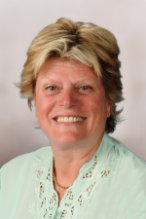
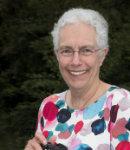
Trevor Pogson LRPS (Treasurer) digtreasurer@rps.org
Jocelyn Edwards LRPS (Secretary) digsecretary@rps.org
Melanie Chalk ARPS (Workshops and DI News) digworkshops@rps.org
Dennis Knowles (Accolade Editor) digaccolade@rps.org
Ken Ness ARPS (PI competition and social media) digweb2@rps.org
Jean Robson ARPS (Membership and eCircles) digmem@rps.org


Holly Stranks FRPS (Accolade) hollystranksphotography@gmail.com
Many evenings in the '80s were spent in the darkroom, and Tim gained his ARPS back in 1984 with a set of B&W prints. After a career in secondary school teaching, and tending to 4 offspring, he returned to 'serious' photography when the first full-frame DSLR arrived on the scene in 2008. He is a longstanding member of Kingston Camera Club; a judge with the Surrey Photographic Association and most of his photography nowadays focuses on Sport, Landscape or Architecture.
It has been my great pleasure to organise the Digital Imaging Print Exhibition this year.
Thank you especially to the 134 members who sent in their un-mounted prints. Amongst those were 13 international members who uploaded digital images, because international postal services can be unpredictable. We printed the images for those entrants at SimLab on lustre paper; their service has always been excellent.
There was a lot of images printed on fine art papers, and a new metallic stiff paper was very effective for some prints. There were so many very beautiful images, and some intriguing subjects.
Daan has been active in photography and fine art for circa 50 years as an international awardwinning photographic artist. His preferred styles are abstract; conceptual; contemporary and minimalist. His work has been widely exhibited in many countries. He is also an accredited SCPF assessor at photographic competitions.
In 2018 he was awarded a Fellowship of the Royal Photographic Society in the Conceptual Genre.
Rosemary's photographic interests are diverse and include travel; landscape; natural history and “whatever takes my eye'” She enters and has judged national and international exhibitions, including the 2010 Shanghai International whilst President of The RPS. She also served as a member and chair of the Society's Licentiate Distinction Panel.
Neill Taylor LRPS (Online Events) digevents@rps.org

Martin Tomes (Regional events) rpsdig@tomes.org.uk
Lois Wakeman LRPS (Web Editor) digweb@rps.org
Rex Waygood (Events) digexpo@rps.org
CO-OPTED
Gary Beaton (DIGIT Editor) digiteditor@rps.org
Sylvie Domergue (International) sylvielft@gmail.com
Mike Harris (Promotions coordinator) harrisrmike@hotmail.com
Deborah Loth (Casting Director) digcomms@rps.org
Booker T Skeldingbookertskelds@gmail.com
Southern Dr Barry Senior Hon FRPS 01425 471489 digsouthern@rps.org
The selectors this year were Rosemary Wilman Hon FRPS, formerlya President of the RPS who is Chair of the Surrey Photographic Association Judges' Committee; Daan Olivier FRPS is a Southern Counties Federation judge, and Tim Morland ARPS, a Surrey Photographic Association judge. We offer our heartfelt thanks to them for their kind involvement.
Ian Thompson ARPS developed the entry system for the uploading of the images, and he also prepared the video of all the images that is available to view on the RPS website. Also, all accepted images can be seen in our website gallery at www.rps-dig.org .
Thank you especially to the DI committee – Janet, Deborah and Rex without whose endless time and dedication this event definitely would not be taking place.
Finally, congratulations once again to Derwood Pamphilon ARPS for his beautiful print of “Perfect Curves”
Marilyn Taylor FRPS FIPF FSWPP DPAGB AFIAP RPS DI Exhibition Organiser
© 2023 Apart from storage and viewing in its entirety for personal reference, no part of this publication may be reproduced, stored in a retrieval system or transmitted in any form or by any means, electronic, mechanical, photocopying, recording or otherwise without the written permission of the Editor. The Royal Photographic Society, the Digital Imaging Group and the Editor accept no liability for misuse of any of the content or for any breach of copyright by a contributor. The views expressed in this magazine do not necessarily reflect the policies of the Royal Photographic Society or of the Digital Imaging Group.
Unless otherwise indicated, all images are the copyright of the respective authors.
Tim Morland ARPS Daan Olivier FRPS Rosemary Wilman HonFRPSDerwood’s Comments:
The power, elegance, agilityand grace of ballet dancers has inspired my photographicjourney for manyyears now. Studio photography gives us the ability to control the distribution of light across the body of a ballerina both in static poses and dynamic shots. Shooting at right angles both to the dancer Beth Taylor and thedirect lighting on her created an unusual and strong shadow to her right. An additional small light ensured that her face was not in shadow. The processing of this image was done in Photoshop and involved small adjustments to tone and contrast, cropping and conversion to monochrome. I preferred images where Beth's hands were not in contact with the backdrop as this produced more interesting shadows. As always the creative partnership between dancer and photographer is essential in the creation of these images.

Rosemary Wilman’s comments:
We had no hesitation in selecting “Perfect Curves” as the Best Print in the Exhibition. The title drew us to the photographer’s intent and it also stood out on so many levels. The ballerina’s movement is frozen; it is a moment in time which also conveys a feeling of movement and fluidity. Having the seamless backdrop behind her creates a shadow almost of a complete circle, enhancing the feel of movement: on the right it importantly adds depth to the image. A square crop was perhaps the more obvious choice but the space the photographer has included around her gives her a feel of freedom for further movement, another important factor. It almost goes without saying that monochrome was a perfect choice for Perfect Curves. The quality of the printing throughout the tonal range is excellent and the choice of paper enhanced the detail, especially in the different black fabrics of her costume, such that the print oozes quality.

Ribbon awarded by Rosemary Wilman HonFRPS
This poppy image was taken on Harpenden Common, during the Covid pandemic. The Common is a large area containing woodlands and open meadowland, with a profusion of wildflowers. The Poppies are part of a portfolio which was successful in the 2022 International Garden Photographer of the Year competition. The objective was to capture and illustrate the vivid colours and shapes of wildflowers against a created dark background of wild flowers and grasses. This was achieved by photographing the flowers on a lightbox and creating a composite of custom brushes of flowers and grasses, textures of grasses and finally the poppies. The layers were blended and hues were adjusted in Adobe Photoshop.
Rosemary’s comments:
For my awards I was looking for images which were different, whether traditional, creative or constructed. I selected this image which, on an initial glance, has a natural random arrangement of flora which could be found in a meadow. The background texture also has that feel, although perhaps not the colour. For any print the choice of paper is so important and the poppies and main flora and grasses leapt out from the paper; a strong mix of red and an almost metallic gold leaping from the more subdued background. My congratulations to this creative photographer on using a single poppy plant along with other flora and textures to create this delightful fine art print.
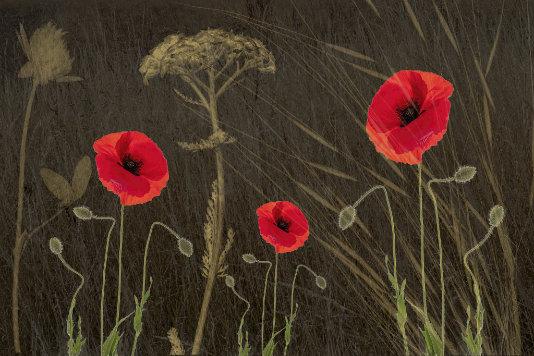
Ribbon awarded by Rosemary Wilman HonFRPS

I’ve always enjoyed taking photos at home on a bright winter’s Sunday morning. The sun is low and makes some great shadows. I had been messing around with some chess pieces for a different series of images, some just on white card, others on a chess board. I remembered that I had a couple of old Pelham puppets from my childhood, so I dug those out of the cupboard, and hung one up so that its shadow was cast onto a piece of mountboard, and I put the two together. I spend a lot of money on workshops, and trips to faraway places – but it’s amazing what you can create just using some ordinary ‘props’ on a dining room table and a little imagination.
Rosemary’s comments:

This still life image has been very carefully staged and lit to make the connection between the puppet and the king. The black king on a light square is beautifully lit and sharp in contrast to the soft silhouette of the puppet and its strings. The vignette on the textured background draws us to the two subjects, leaving the chess board and shadow to create depth to the image. In my view this had to be monochrome and once again the choice of paper is perfect to make the subjects stand out. There has been attention to detail throughout the process of creating this excellent image.

Ribbon awarded by Daan Olivier FRPS
This ‘room’ was at the foot of one of the ‘fairy chimney dwellings’ which are found in the Cappadocia region of Turkey. These cone-shaped rock formations – frequently occupied over many generations – really look as if they have been plucked from a whimsical fairy story. My image was taken a few years ago from within one of the recently vacated spaces. It was the light playing through the door and windows and the muted tones of the mudtype walls that inspired me, and the cloth hanging on the wall seemed to bring an intimacy to the image. Initially processed in Adobe Camera Raw and subsequently in Photoshop, the question often asked is “How long does one wait for a suitable subject to enter that doorway in the right place……?” The answer, in this case, several years when a cockerel seemed to tone in nicely with the little cloth and so the image was finished.
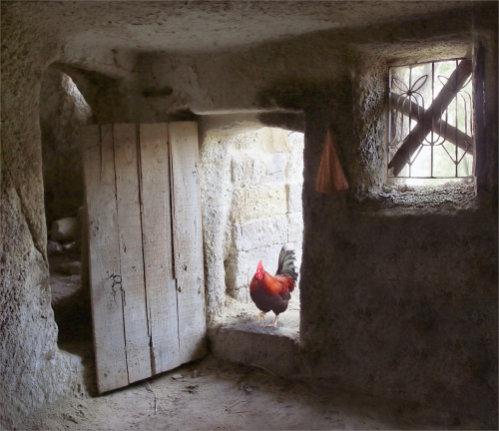
Daan’s comments:
These days it is nearly impossible to enter an image into a competition which the assessors have not already seen as a similar image before. With this picture the photographer presents us with something new, a composition which I have not seen.The photographer recorded the moment the cockerel entered the shaded cooler enclosure, leading his flock. With his right foot in the air, he is stepping over the door post, leaving the warm sunlight-filled surroundings behind. Holding his head high, it is a moment of transition, a decision being executed with confidence; he knows it is the right thing to do! The square aspect of this image brings the viewer closer to the subject in the door, positioned very centrally in the image where the viewer’s eye cannot miss him. The inside of the building is rendered in a restricted and subtle colour palette which does not compete with the colours of the cockerel.
Over the past three years I have become a great fan of ‘Lensbaby’ lenses. I love the way they can add a sense of mystery or romance to a scene; for the way they celebrate lens imperfections and enable me to produce artistic impressionist images that are so different from the usual ‘tack sharp’ photos that I usually get with my Nikon lenses. Inspired by the work of Hengki Lee who uses strongly back-lit models which produce some strange and somewhat disturbing images, I decided to attempt something similar. However, having no live model available, I used my “Joker” toy (about 30cm high) against our patio window, plus some artificial leaves in a pot as foreground interest, all shot with natural light plus reflector, and using my latest acquisition - a Lensbaby 50mm Soft Focus lens. Monochrome seemed to add to the feeling of mystery and menace in the image and I used Fotospeed Cotton Etching paper which gives a lovely texture and feel to the print.
Daan’s comments:


Using a restricted but skilful monochrome treatment together with abstraction, the photographer delivers an image that demands our attention. A couple of questions immediately surface in our minds: Who is this Tall Dark Stranger and what is his relationship with the plants in the image? Are the plants what we think they are? If it is, then a question if it is legal to grow these? We are engaging in a narrative coming from the image…. We see in the image a skill of the photographer to perfectly capture light and then to play with it in post processing, delivering a strong and unique image without relying on sharpness or minute detail in it. Well done!

Ribbon awarded by Tim Morland ARPS
This picture forms part of a conceptual panel comprising iconic places and scenes of New York overlaid with graffiti. Graffiti art has its origins in 1970s New York, when young people began to use spray paint and other materials to create images on buildings and on the sides of subway trains. Such graffiti can range from bright graphic images (wildstyle) to the stylised monogram (tag). Graffiti is mostly confined to the subway, waste ground, derelict sites and deprived neighbourhoods of the city. The images in my panel juxtaposethe iconic tourist spots and more affluent areas of New York with graffiti from poorer neighbourhoods to challenge the view we normally see.
Tim’s comments:
Vibrant colours initially grab the attention in this skilfully assembled composite: one of a series from the photographer. An iconic yellow taxi cab occupies a central position in the frame, and importantly, is caught at exactly the right moment between the horizontal girders of the bridge. If all this was not enough to locate the shot firmly in the US, we have a clear reference to the national flag with stars in the bottom left and the bridge framework providing the stripes.
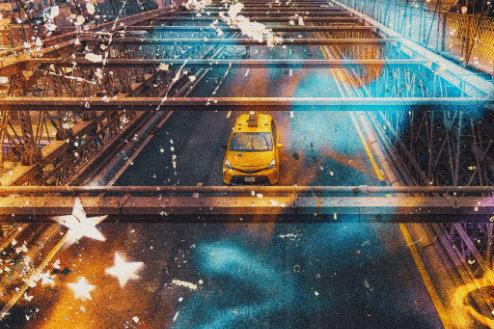
Margaret Ford ARPS - Ribbon awarded by Tim Morland ARPS
A recent multi-story development of beach-side apartments on the south coast completed last year has dramatically changed the local skyline and invites photography of its exciting architecture. Whilst I did photograph the whole building, I was more attracted to making an image produced by going in closer to the detail of the structure. Removing the shape of the building, concentrating on one element created a more graphic design. The balconies provided this main element: turning them towards the diagonal gave me the pattern I sought. The original photograph was produced on an iPhone which was then processed in Lightroom. Converting to pure black and white, I enhanced the contrast to remove any shades of grey. This finally gave me the dramatic, graphic image that I wanted.
Tim’s comments:


A study in pure black and white and a compelling arrangement of architectural abstracts. Many photographers would not have ventured to overlap the various elements, but the three areas of intersection provide an intriguing variation from the otherwise rigid geometry of the balconies. In an image such as this with no mid-tones, the gaps (black) are equally important to the composition as are the balconies (white). The striking final result is likely to remain in my memory for some time!
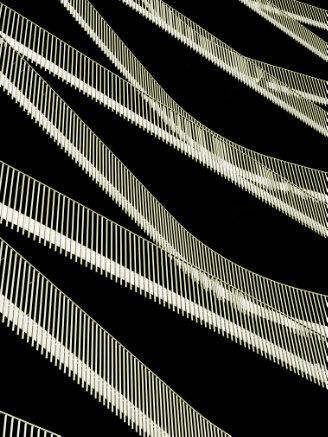
ACCEPTED PRINTS ACCEPTED PRINTS Images are arranged in order of authors’ surnames, where layout allows.






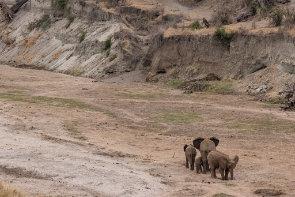





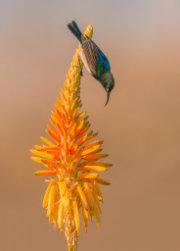


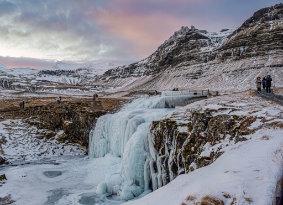








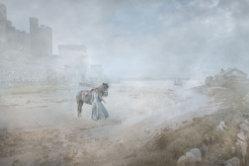


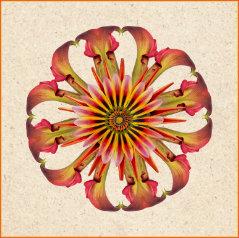



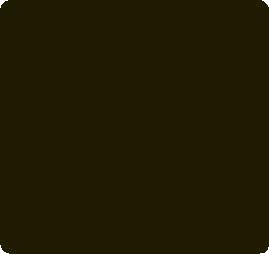


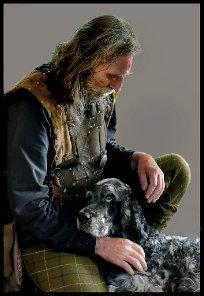

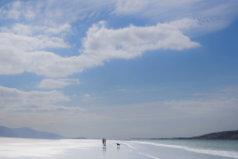





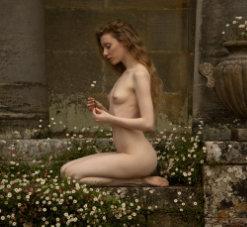


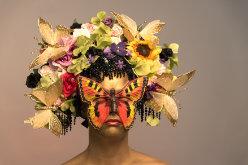













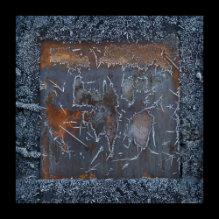







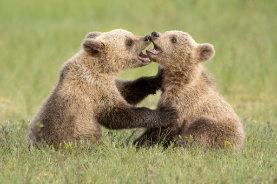











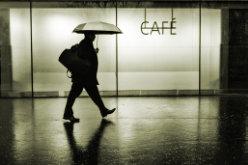


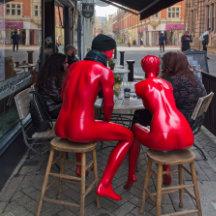








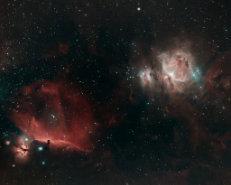







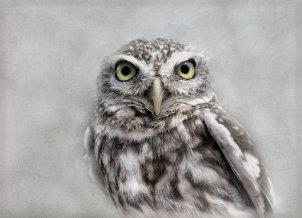


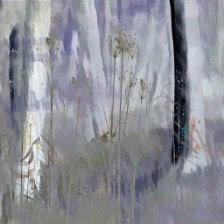

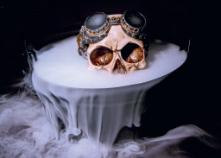


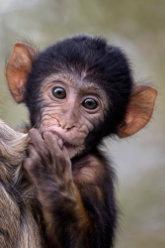


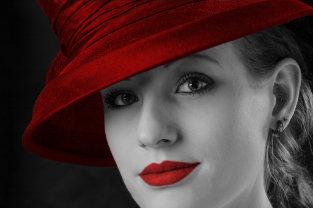





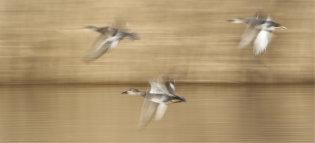
















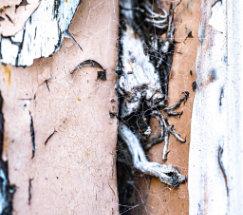


















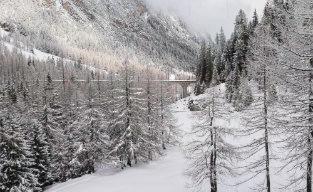





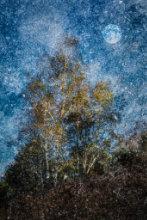





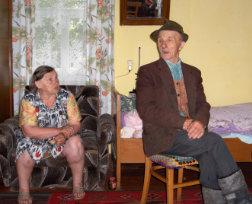




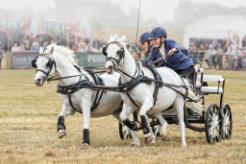







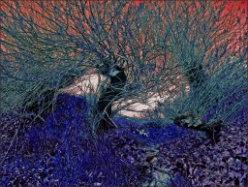




















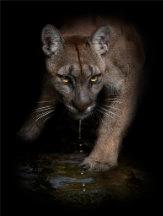


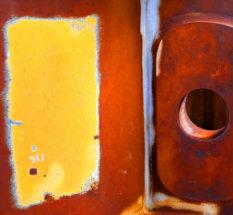





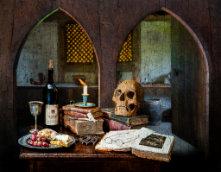







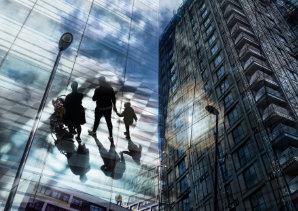



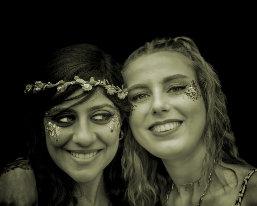

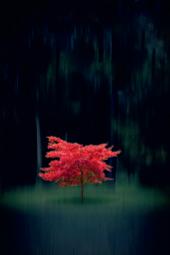


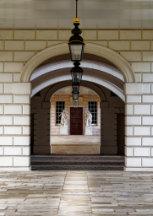





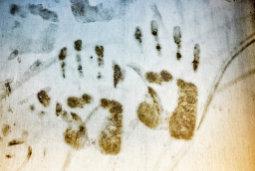



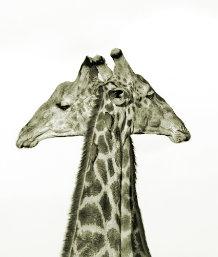

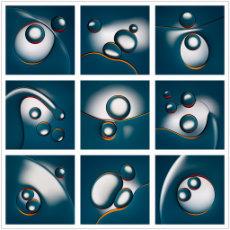






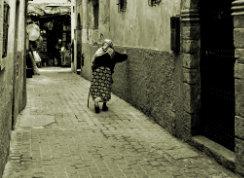












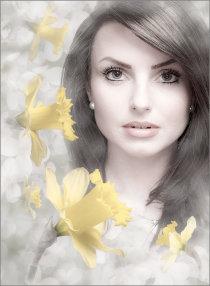














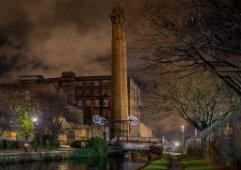




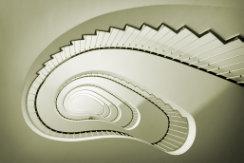


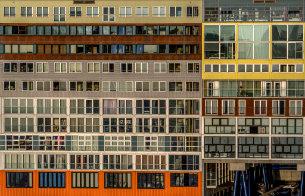




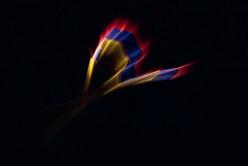


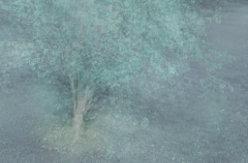







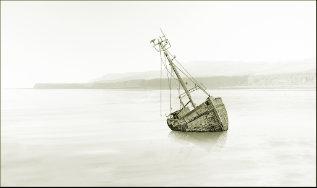








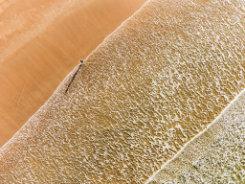









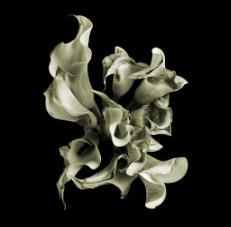







The following article was published originally in DIGIT magazine, Issue 3 2022 and is reproduced here to stimulate interest in its scheme. In a previous issue of DIGIT, Brooks Jensen shared with us his thoughts about critiquing images and this is something that is available to all of us. Jean Robson tells us about eCircles, which enable us to discuss and constructively critique our work.







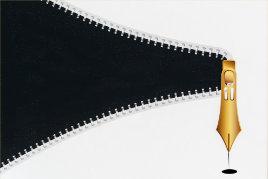






 Jean Robson
Jean Robson
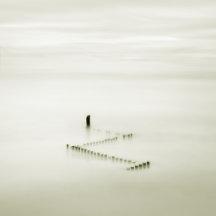
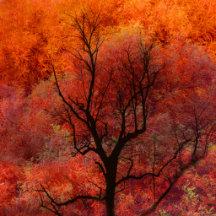
If you search for “Circles and Photography” with Google, the top results are articles on either ‘circles of confusion’ (a focusing issue), or examples of circles in composition, nothing about groups of photographers who learn together. It is therefore worth clarifying what Digital Imaging Circles are, and why many photographers find them useful.
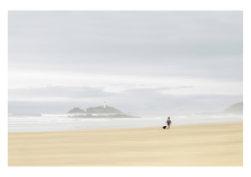
Peer learning groups involve colleagues learning from one-another. Critically it is a reciprocal and non-hierarchical process, with all members contributing, and no member acting as tutor. Evaluation of peer learning groups in health care and in teaching has shown them to be effective in improving skills knowledge and attitudes (Ref.1). Groups of photographers meeting to support one another in their efforts to improve often refer to their peer learning groups as circles, emphasising their non-hierarchical and social aspect.
I enjoy learning in small groups: sharing ideas and experiences helps to consolidate information; it builds confidence, friendships are formed and it’s fun! On retiring from work I had time to develop an interest in photography. Signing up for the Royal Photographic Society and Open University joint short course was my first step. In that course, participants were allocated to groups, and we were asked to provide feedback to the other group members on the ten images which we posted each week. For me, the main benefits of the course were (1) having to take images for the weekly assignment, which often I would not otherwise have taken, and (2) practising reviewing others’ images. It is much easier to critique someone else’s image, than one in which you have invested time and effort, and doing so helps to develop the skills better to analyse your own work. Since then, I have been a member of a number of different types of circle, from a face-to-face group, Zoom groups, a postal print circle, and a platform group.
During the COVID lock-downs, when meetings for face-to-face activities were banned, Zoom became a valuable tool, enabling my face-to-face group to go on functioning and to flourish. Whilst we were confined to our homes and gardens, many of us experimented with garden, still life or macro photography and tried new processing methods. Our group met more frequently than previously, providing members with a social outlet but also allowing us to offer mutual support as we explored photographic techniques. In addition to receiving useful comments about my own work, I gained a lot from considering the work of others. We ensured a positive supportive atmosphere by always asking the author to verbalise their intentions and areas in which they need help before anyone comments, and always drawing out
Circle Type Advantages
positives before addressing areas for improvement in any image, Attention to these “group rules” in the fraught COVID atmosphere was particularly crucial.
Circles can be run in real time either face-to-face or on platforms like Zoom; by post (where prints are circulated by post and each group member adds comments as they receive them); or using internet platforms where members post an image each month, which are then commented upon by colleagues. Each type of circle has advantages and disadvantages. Some circles are genrespecific (such as those run by RPS Landscape Group), while others welcome discussion of images of any genre. >>>
Face-to-face Good for building the group and forming relationships. Good for discussion of suggested changes. Prints or PDIs can be used
Zoom Good for building the group and forming relationships (perhaps not as easy as with face-to-face groups).
Good for discussion of suggested changes Accessible from anywhere in the World with internet access.
Platform based Accessible from anywhere in the World with internet access widening participation. Contributions can be made at any time
Postal Prints involved. Contributions can be made at any time
Genre Specific Everyone in the group has interest / knowledge of the genre. Learning gained may be more applicable to current practice
Disadvantages
Travel required Participants limited by distance Set time/ date cannot suit everyone.
Cannot use prints Set time/ date cannot suit everyone
More difficult to build the group and form relationships. Only limited discussion possible Cannot use prints
No real options for discussion Long delay in receiving feedback More difficult to build the group and form relationships.
Limits exposure to other genres Members not encouraged to experiment with new genres.
>> RPS Digital Imaging has many members living remotely from others, unable to access our regional hubs and therefore unable to attend face-to-face sessions. We have a long standing postal Print Circle and from spring 2022 have offered members the opportunity to join real-time eCircles, where they can meet virtually with colleagues, discuss their work, and make friends.
Our eCircles are groups of between 6 and 10 photographers who meet monthly on Zoom. They are non-hierarchical: there is no tutor, a key principle is that every photographer is welcome to take part and every photographer’s views and experience are valuable. Authors introduce their work, intentions, and explain what they need help with; members offer suggestions rather than advice, which is for the author to consider. Of course, for many problems, someone in the group will have more useful knowledge than others and this knowledge is shared on the understanding that on another topic someone else will have a better insight. Sometimes the group is unable to solve a problem immediately and may delegate a member to find more information.
We have three types of groups:
1. Critique eCircles. In these groups members share an image for detailed discussion.
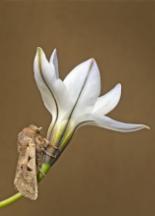
2. Processing eCircles. In these groups members all work on a RAW file volunteered by one member and discuss different approaches to processing to achieve the volunteer’s visualisation. If you want to read more about one of the processing eCircles there is an article in a recent e-News:
https://issuu.com/royalphotographicsociety/docs/issuu_di_news_july_2022/s/16514687
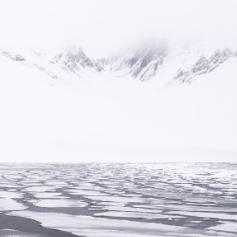


3. Projects eCircle. This is a new group which will discuss projects on which members are working.
If you want to improve some aspect of your photography and are prepared to meet up with colleagues for constructive, honest, giving and receiving of feedback, why not consider joining one of our eCircles?
Reference 1:
Worton, S. K., & Furman, E. (2021). Examining peer learning as a strategy for advancing uptake of evidence-based practices: a scoping review,Evidence & Policy,17(4), 635-659. Retrieved Jul 30, 2022, fromhttps://bristoluniversitypressdigital.com/view/journals/evp/17/4/article-p635.xml
For more information about eCircles and the Print Circle, visit the DI webpages at https://rps.org/groups/digital-imaging/new-di-what-we-do/
